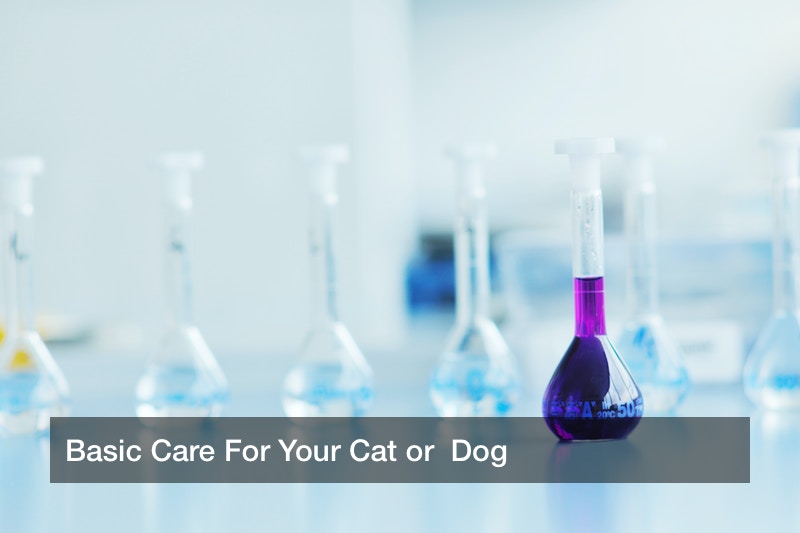
Most American households own at least one pet, and some species have proven hugely popular to keep as pets. Many animals are kept as pets for their companionship and beauty, and these includes cats, dogs, birds, fish, rabbits, snakes, and even tarantulas. No matter the species, a responsible pet owner will know how to feed it, what sort of environment to give it, and of course, take it to emergency vet services if needed. These emergency vet services, such as animal hospitals, can save a life if a pet is injured or very ill. But not all cases are extreme enough to require emergency vet services; in most cases, a pet owner may take their animal to other veterinary services, such as a regular clinic. What can animal hospitals do to save a pet’s life? And what about routine animal checkups and medicine?
Seeking Emergency Vet Services
It’s not nice to think about, but it’s important for a pet owner to look out for injuries or conditions that would call for emergency vet services. For example, a cat or dog may start having trouble breathing, and this may call for emergency vet services such as a 24 hour animal hospital. As with people, difficulty breathing may soon turn life threatening at any time, and this mandates professional aid. In some cases, a dog or cat is simply choking on a piece of food, and the Heimlich maneuver can in fact be done on pets. But otherwise, emergency vet services are a must. The same is true if a pet suffered a broken bone, such as if it got hit by a car or fell from a great height. And if your pet got into a fight with another animal or was bitten or stung by something venomous, that calls for emergency vet services, too.
The vets working at these emergency vet services will have the right surgical and medical expertise to save a pet’s life, and help that pet get on the road to recovery. For example, a dog with a broken leg or inflamed joint may have a leg brace and ankle wraps put on, which allow that dog to walk or even jog without further distressing the injured area. Pets can also get medication for pain, inflammation, or anything else while recovering, too, and the owner will be instructed on how to administer it to their pet.
Ordinary Pet Care
Fortunately, not all pet health cases involve a broken bone. In most cases, a pet owner may bring their animal to local clinics for regular checkups or medication. A visiting pet owner may bring a well behaved dog on a leash, and smaller dogs or cats can be kept in a carrying crate. If a dog or cat is easily agitated or antagonizes other animals, the owner may keep it in the car (responsibly) until it is that pet’s turn to be looked over. Great care should be taken so a pet does not get too cold or overheat in a car.
During a checkup, a vet may look over many aspects of a cat or dog’s health, such as its tongue, gums, teeth, eyes, nostrils, ears, fur, skin, and more. The vet may also weigh the pet, note whether it has been spayed or neutered, and even take a blood sample or X-rays in some cases. The pet owner may get recommendations on the pet’s food and exercise habits, and may also receive medicine to give their cat or dog. Some pills may be mixed into the pet’s food, while other medicine is a liquid that is administered onto the pet’s skin on their back. Such medicine is often meant to kill and drive off pests and parasites such as ticks, fleas, mites, tapeworms, and heart worms.
Pet owners should also be careful to not keep their pet outside for too long in extremes of heat or cold, and shade outside should be provided somehow during summer. If a cat or dog excessively scratches itself, that may be a sign of fleas or ticks, or even ear mites. The owner can look over the pet’s skin, and get the right anti-pest medicine at a clinic if need be.
